If there is the closest thing to a universal developer in the film photography world, that developer is Diafine. If you’re thinking, “Wait, aren’t all developers universal?” You are right; a B&W developer will develop many different film stocks. But it doesn’t often happen that two other film stocks, shot at different speeds, can be developed simultaneously. There are some examples of cross-over, but only a few. Diafine uses three main development times and a couple of unique combinations. These are shared across many different film stocks that allow you to develop multiple rolls shot multiple ways in the same tank. You can also shoot many film stocks at a faster EI than listed on the box. But there are a couple of interesting aspects of Diafine. First, it is a two-bath developer, and A and B, but you use them separately. And second, it can last forever and take a lot of films before totally exhausted. I will also admit some scepticism about Diafine’s claims, but I can honestly say that scepticism is long gone after seeing how well it performs.
Note: In an interesting twist, I ended up picking a lot of the same film stocks from my review of Acufine. Including Tri-X, Retro 80s and FP4+
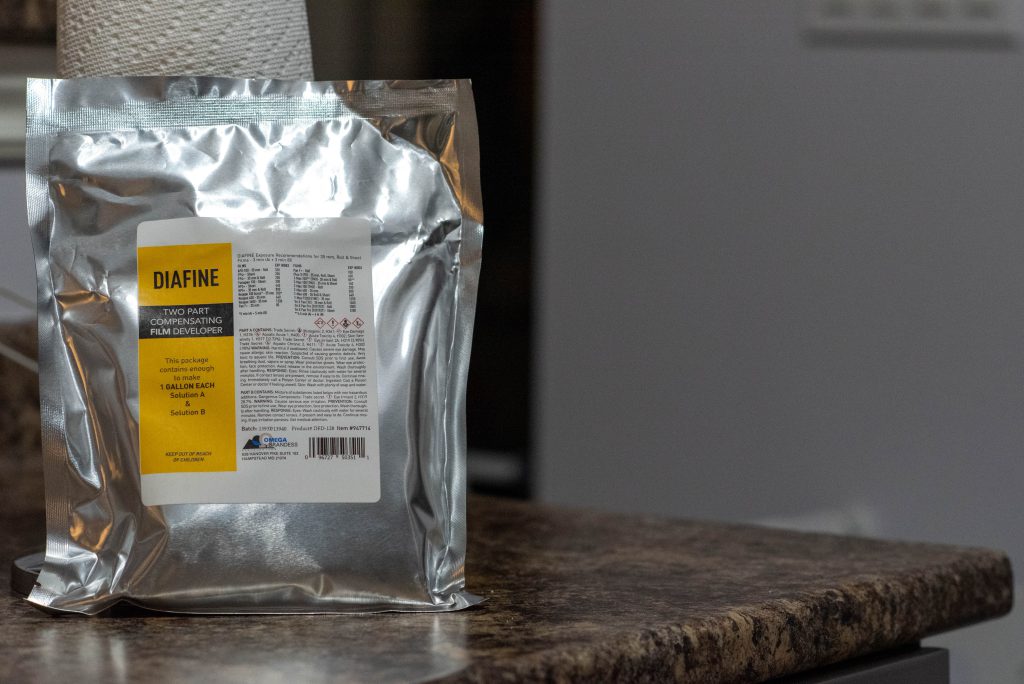
Technical Details
Manufacturer: Omega Brandless
Name: Diafine
Primary Developer: Trade Secret
Type: Reusable (Two-Bath)
Mix From: Powder




Handling
If you have never used Diafine before, you might be a bit confused at the notations listed online, with listing for Diafine (3+3) or (4+4); unlike other developers, this is not an indication of a dilution, but an indication that Diafine is a two-bath developer. A two-bath developer differs from a two-part developer; I’ve made this mistake before interchanging that language. A two-part developer uses an A and B formulary mixed with water to form a single working developer. Developers like SPUR HRX and Pyrocat-HD are two part developers. Diafine has two separate developers used at stock dilution but separate from each other. To mix the developer, you mix the smaller package first with the prescribed amount of water at 24-30°C (75-85°F), then water up to the final volume to make solution A and then repeat the process with the larger package to make up solution B. Solution A will present as a clear solution. Solution B will turn a light brown, slowly becoming darker the more you use the developer. The powder is surprisingly easy to mix, and it took little effort to combine the powder with the water to make up the two one-gallon jugs. I do recommend labelling not only the jugs but also the lids. It is advised not to pre-soak your film. Diafine can be used in any tray or tank you wish; it is unsuitable for rotary processing systems like a Jobo or B’s Processor. Pour in solution A first, agitate gently for the first five seconds, then gentle agitation for five seconds every following minute. While developing, I could get in two gentle inversions in those five seconds. Drain solution A from the tank, pour solution B and repeat the process. Do not use an acid-stop bath; use plain water for thirty seconds to a minute, then use your normal fixing, washing, and drying method. The minimum time is three minutes in each solution to a maximum of five minutes, with most combinations calling for equal times in the A and B solutions. Diafine is also known to have a long shelf life and almost an unlimited amount of films being processed through the solutions. The one crucial thing is ensuring there is no cross-contamination. That means ensure that none of solution B ends up mixing into the main bottle of solution A; if that happens, you’ll end up with half your Diafine dead.


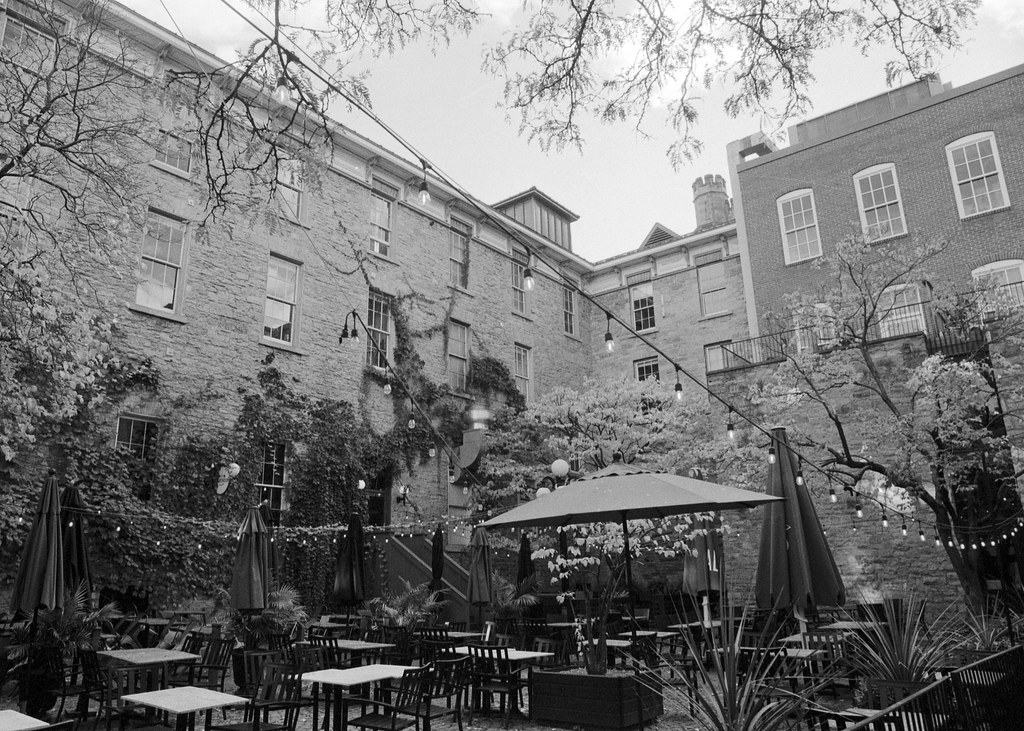

Applications
When I first learned about Diafine, I needed clarification about the primary application. I looked over the times and thought that most of the listed EIs for the films were faster than box speed, so I assumed Diafine was an excellent choice for push processing. However, as I started to look deeper and got some historical context into the development of Diafine, I realised that it was designed to simultaneously process large volumes of films. But on the flip side, you need to pre-plan the fact you will be using Diafine, as each film needs to be exposed at a specific speed. Some films have multiple options; others only have one. That means this is not a developer for the beginner; you need plenty of practice and some pre-planning in place. But if you can shoot a film faster than their listed box speed, why isn’t this an excellent push-process developer? Because we’re dealing with a limited range of times, with both a minimum and maximum range, you have only a tiny amount of wiggle room. Of course, nothing stops you from experimenting with time, EI, and temperatures to make Diafine work for you. While you can push and pull with Diafine, there are better choices than this. But again, nothing stops you from experimenting and given the longevity of the developer; you have a lot of time to nail things down how you like. What class would I put Diafine in? It is the ultimate compensating developer, which means another excellent application uses it to develop expired film. While it may not eliminate some aspects of expired film, like backing paper transfer (moulting), it does an excellent job of reducing base fog (through the short development times) and allowing you to shoot the film at box speed or faster and still get good results. It seems that Diafine works well with traditional, modern, and motion picture films.
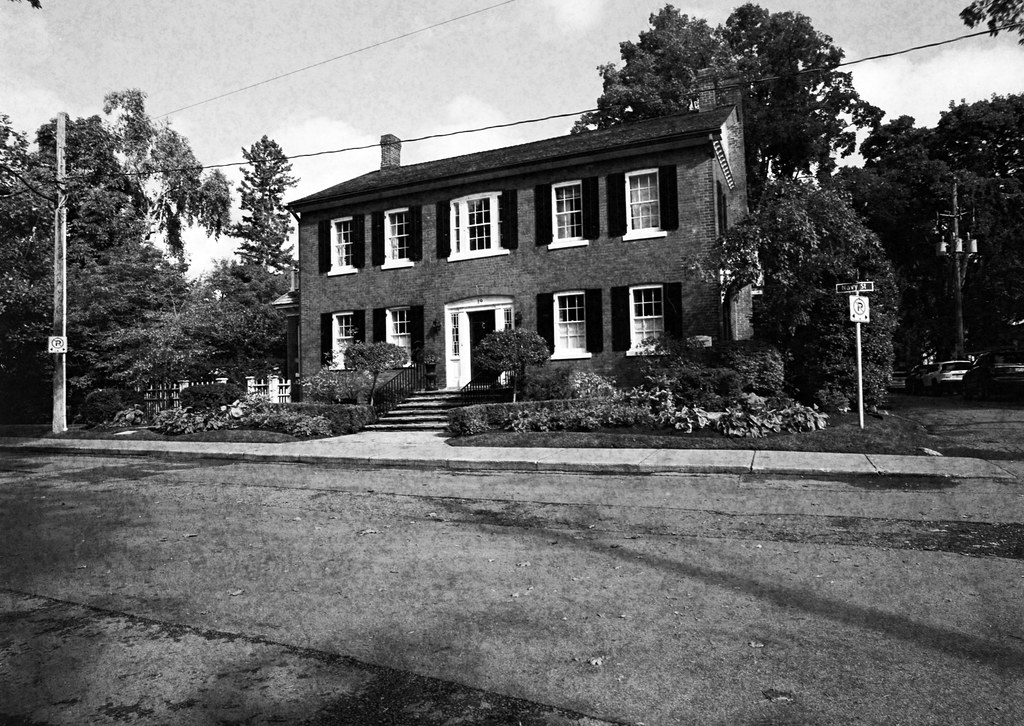

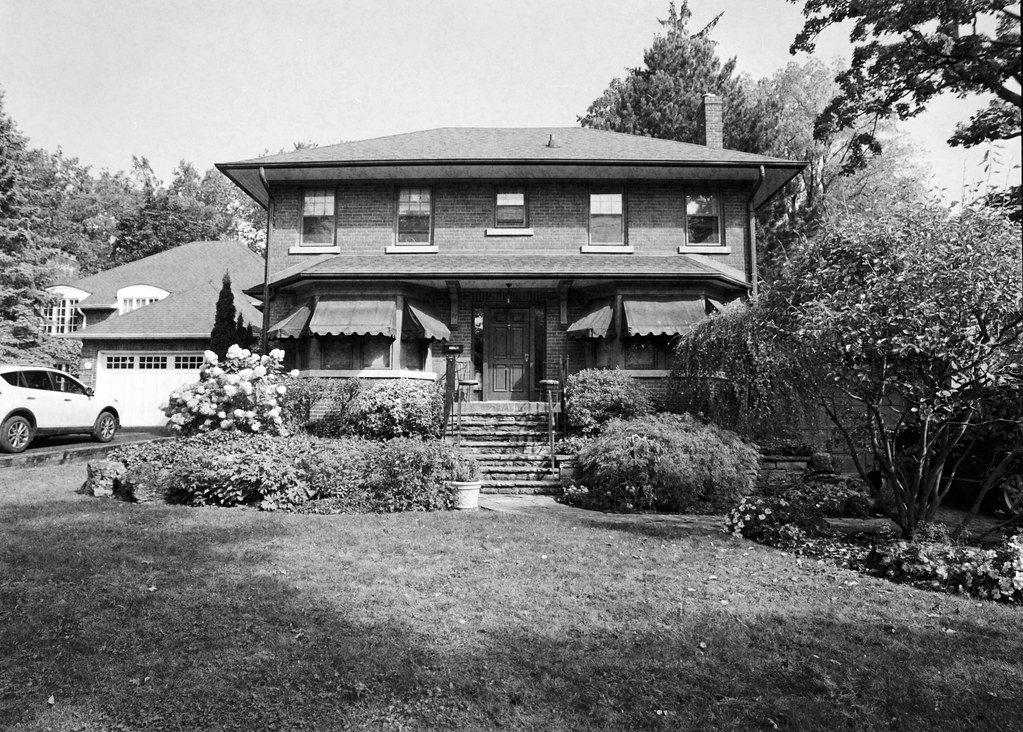

Qualities
One of the first things I noticed with the first three rolls of film I developed with Diafine is that the negatives looked normal. I mean that in a good way; I know I had shot the Retro 80s at 200, the FP4+ at 250 and the APX 25 at 40. Each set of negatives looked like I had shot them at their respective box speeds and then developed them in a regular developer like D-76 or Ilfotec HC. And that continued through the scanning; the film, while shot at faster than box speed, resulted in scans that looked like I had shot the film at the box speed. My Retro 80s looked light like the high-contrast limited latitude Retro 80s I know. My FP4+, though expired in 1998, still looked like a fresh FP4+ shot at ASA-125. And I think that is the whole deal with Diafine; it allows you to see the best these films offer if developed and shot normally but without having to develop each roll separately. And the quality of the images I see from the Diafine-developed rolls is spectacular. If you use a fine-grained sharp film, your images will retain that fine grain and sharpness. If a film is known for having fantastic contrast, you will still get excellent contrast. I don’t use this term lightly, but Diafine is a magic bullet that can bring the best out of a film stock without having to trail many different developers to land on the right combination.

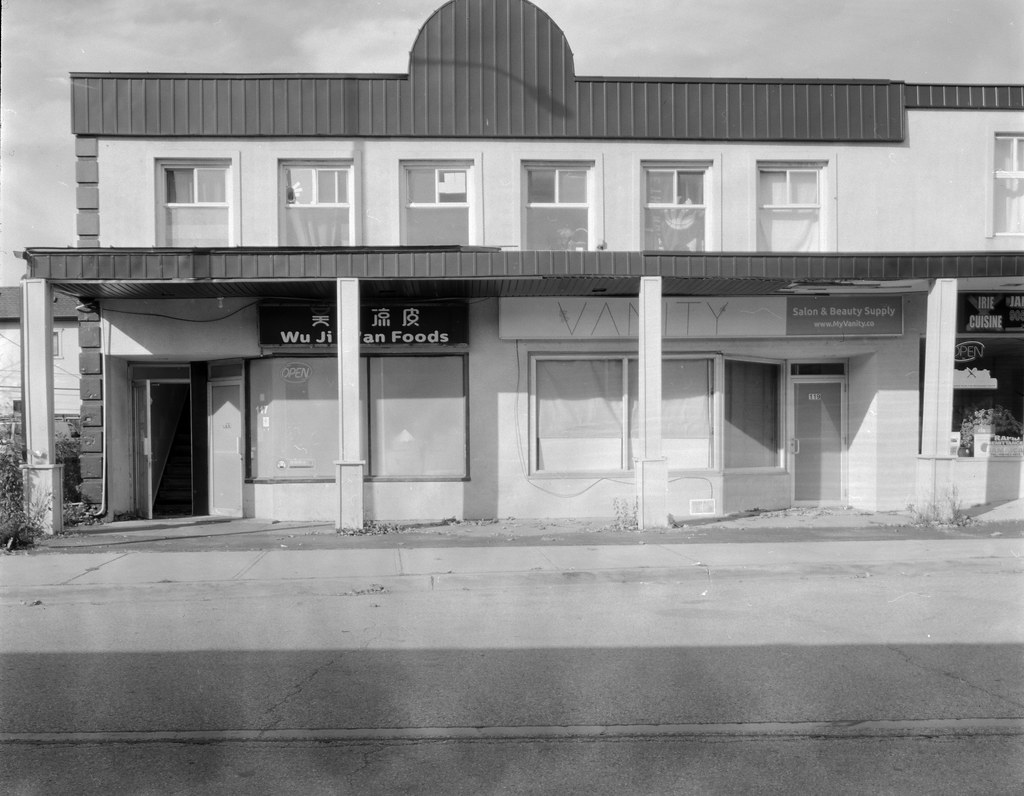


Lowdown
Going into this review, I knew I would be into Diafine for the long haul, mainly because I bought a one-gallon kit. But given that this developer has a long shelf life, I can make this work for the long haul. I have some exciting plans for Diafine, especially when I run low on films to review. Including a series of how far I can push a film before it is unusable. And Diafine might be the right developer for that project. This is only a developer for some; it is hard to find and costly when you do. But the return is that you have an incredibly efficient developer which will allow for rapid black & white processing, providing you have a bit of pre-planning. And when I say hard to find, I’ve been looking for Diafine for a few years and only recently came across a loan pouch for sale through Argentix. And it does have a premium price attached. But there is a chance that you will only have to buy the stuff once and use it for the rest of your life. I am happy that I reviewed Diafine after hearing all the good things about the developer and discovering that they’re all true. Will there ever be a developer for black & white films that behaves like a colour developer, with a single set of times for all films? Outside of stand development, probably not, because of the nature of black-and-white films.

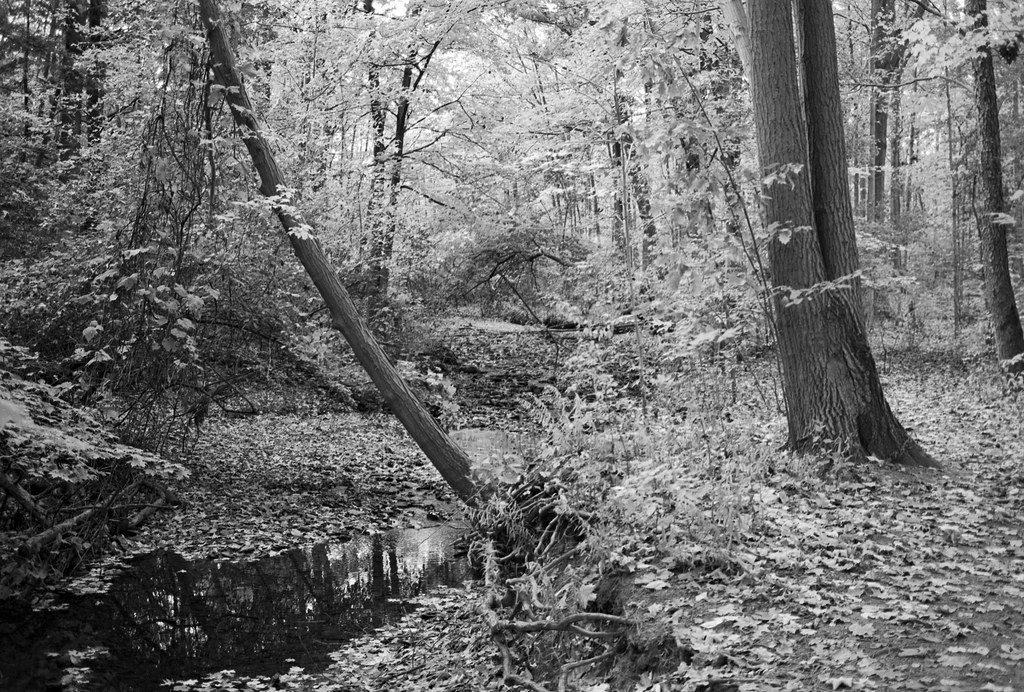
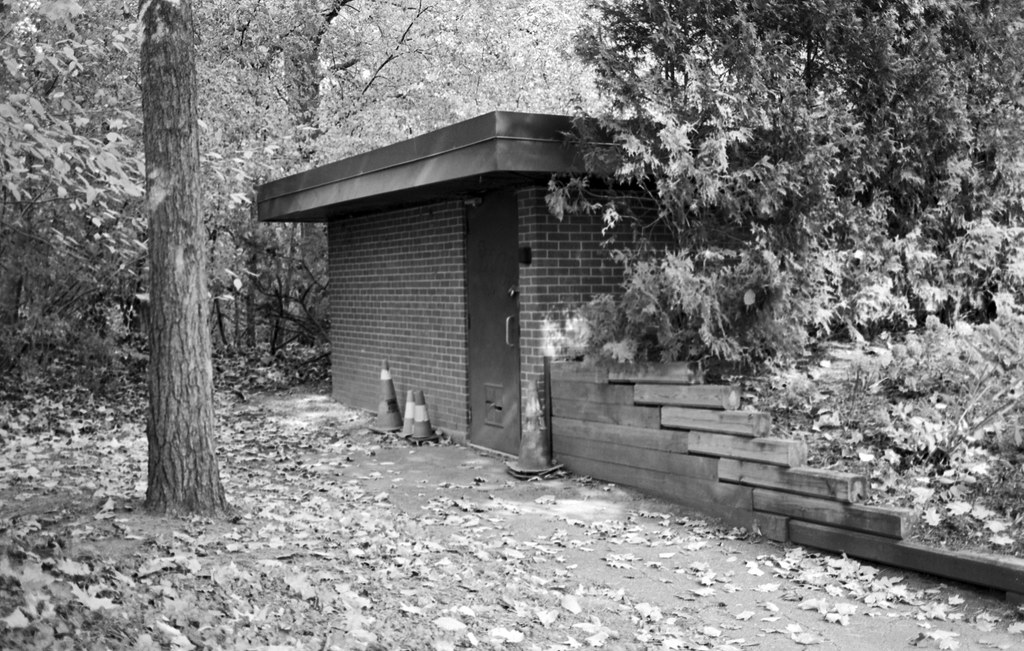

Recommended Reading
Don’t just take my word on Diafine check out these other blogs on the subject!
Philip Dygeus – In Praise of Diafine
Medium – Black & White Film Testing in Diafine
Figital Revolution – Final Thoughts on Diafine
David Shoots Film – Developing with Diafine
Wow, the CatLabs looks like utter garbage in Diafine. All that uneven mottling and patchiness. The Retro 80S didn’t fare much better, did it?!
Alex, have you made your own Thornton 2-Bath before? It’s very simple to make and behaves similarly to Diafine. I have never had a film react badly to Thornton – no unevenness, no mottling or artifacts. Three chemicals is all it takes. (Metol, Sodium sulfate, and Sodium metaborate)
The CATLabs was the last sheets in the box and didn’t load well into the holders. The Retro 80s was heavily expired! I have not done the Thorton 2-Bath but have it on my wish list along with Divided D-76 maybe in 2025’s review cycle!
I hope you try the Thornton 2-Bath. I’ve had really good results using it on a variety of films.
Happy New Year, Alex! Thanks for all you do.
The Thornton developer does not contain sulfate.
It contains sulfite.